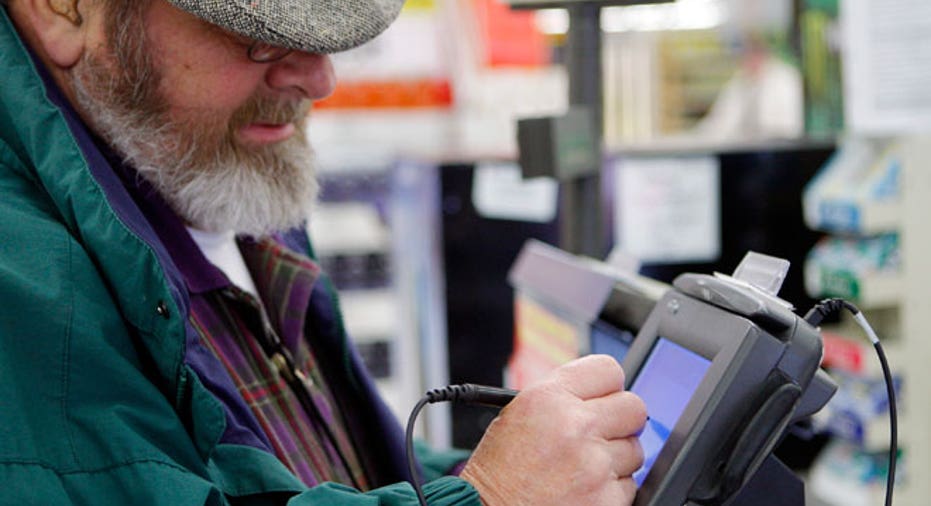How to Record Your Cost of Goods Sold

If your business sells merchandise, you will need to calculate and report the cost of goods sold on your income tax return. However, if you only provide services, these calculations aren’t necessary.
Last week I looked at a profit and loss statement submitted by a retail client to use for preparation of his 2011 income tax return. The first thing I saw was a giant red flag – one the size of a football field! The number indicating his cost of goods sold was equivalent to 93% of sales. That high of a number tends to indicate theft, a casualty loss or really stupid business sense--none of which I believed to be a factor with this client. I took a look at the balance sheet and found the culprit for the massive cost of goods: there was nothing listed for inventory.
Often, a business owner--or worse yet, an unqualified bookkeeper--mistakenly lists every inventory purchase as cost of goods sold rather than as inventory. This distorts that expense item and results in an erroneous bottom line. Worse yet, if the tax pro doesn’t question it, it will send up a red flag at the IRS and you can bet an auditor will be knocking at your door.
Or rather the mistake can be made in the opposite direction – every inventory purchase is listed in inventory on the balance sheet but cost of goods sold is never calculated and posted. In this case, the profit is much higher than actual because an entire expense item relating to merchandise cost is missing. And if the tax pro doesn’t question this then the business owner will unnecessarily pay an excessive amount of taxes.
Here’s the way it works in an ideal world: Say you own a sporting goods store. Every time you purchase baseball bats for resale you should classify the purchase as inventory on your balance sheet. These purchases belong on the balance sheet because they are assets of your business – they have yet to be sold. During the month you sell 10 of the 100 baseball bats that are listed in inventory. Your sales of bats total $200.00. Your cost for 10 bats was $100. You should create a journal entry to credit $100 from inventory and debit $100 to cost of goods sold to reflect the monthly activity. If you take one home for little Tommy, you should credit inventory and debit your draw account.
Each month you should record the sales activity accordingly. Then at year end, the IRS requires that you take a physical inventory and report that figure along with the year’s beginning inventory on the tax return. So let’s say you start the year with 1,000 baseball bats that cost $10 each for a total of $10,000. During the year you sell 400 baseball bats., your cost of goods sold is $4,000 and your remaining inventory should be $6,000. The numbers should end up balancing. When you take a physical inventory you should count 600 bats for a total cost of $6,000. And if you find only 500 bats, you know you’ve got a problem. Either there is something wrong with the accounting or perhaps you have a little employee or customer theft going on.
As you can see, the accounting of the bats is more important to your business than just a number you have to come up with for the IRS.
Bonnie Lee is an Enrolled Agent admitted to practice and representing taxpayers in all fifty states at all levels within the Internal Revenue Service. She is the owner of Taxpertise in Sonoma, CA and the author of Entrepreneur Press book, “Taxpertise, The Complete Book of Dirty Little Secrets and Hidden Deductions for Small Business that the IRS Doesn't Want You to Know.” Follow Bonnie Lee on Twitterat BLTaxpertise and at Facebook.